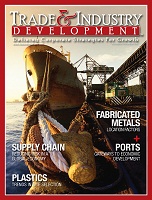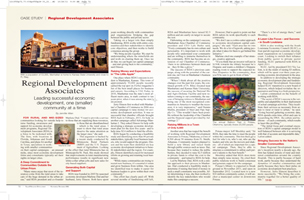Regional Development Associates: Leading Successful Economic Development, One (Smaller) Community at a Time
For rural and mid-sized communities looking for outside help to raise funding, awareness and support for economic development programs, Regional Development Associates (RDA) is a force to be reckoned with. The firm, with locations in Florida, Arkansas and South Carolina, and plans for another in Texas, specializes in working with smaller communities on their capital campaigns – an unusual niche, since most economic development firms and consultants typically set their sights on larger cities. more....


